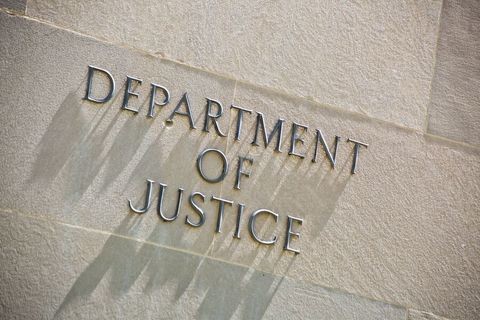Reissue Cannot Correct Judgment Errors
Client Alert | 2 min read | 03.13.07
The Federal Circuit, in In re Arnold B. Serenkin (No. 06-1242; March 6, 2007), affirms a final decision of the United States Patent and Trademark Office Board of Patent Appeals and Interferences (“Board”), maintaining the Examiner’s rejection of claims 1-11 of Serenkin’s reissue application. In so doing, the Court holds that the Board correctly determined that the error upon which Serenkin bases his reissue application is not a correctable error under 35 U.S.C. § 251.
Serenkin submitted a PCT application to the United States Receiving Office (“USRO”), one day less than a year after the filing date of the provisional application to which it claimed priority. The provisional application contained eight sheets of drawings, the PCT application referenced these drawings but did not include the drawings. The USRO sent notice to Serenkin indicating that he had the choice of either submitting the drawings and receiving a new international filing date, or proceeding without the drawings and retaining the original filing date. The USRO notice specifically stated that if Serenkin chose the latter, the original priority date would be lost. Serenkin submitted the drawings and accepted a new international filing date. The US national phase of the PCT application subsequently issued as a U.S. patent. Serenkin then sought reissue of the patent, seeking to obtain the benefit of the filing date of the original provisional patent. The Examiner issued a final rejection of the reissue application concluding that “the error which is relied upon to support the reissue application is not an error upon which a reissue can be based.” In upholding this rejection, the Board noted that Serenkin failed to obtain the benefit of the earlier filing date, not because of inadvertence, accident or mistake, which are correctable by reissue under § 251, but because of a deliberate choice, which it construed as an error of judgment.
While acknowledging that § 251 is "based on fundamental principles of equity and fairness, and should be construed liberally," the Federal Circuit panel distinguishes the case at hand from those where a patent applicant inadvertently failed to perfect a priority claim. The Court notes that the present case is “about an applicant who intentionally and knowingly surrendered his right to a claim of priority, in exchange for a benefit, and now is unhappy with his choice.”
Insights
Client Alert | 2 min read | 12.23.25
Record-Setting False Claims Act Settlement Highlights DOJ Commitment to Customs Enforcement
On December 19, 2025, the Department of Justice (DOJ) announced a $54.4 million settlement with Ceratizit USA, LLC, a distributor of tungsten carbide products, resolving allegations that the company violated the False Claims Act (FCA) by evading customs duties on products imported from China. This settlement is believed to be the largest ever customs-related FCA resolution, and this high-water mark underscores the government’s heightened enforcement focus on tariff evasion.
Client Alert | 6 min read | 12.22.25
Emerging Legal Issues for Skilled Nursing Facilities in New York: A Year in Review
Client Alert | 14 min read | 12.22.25
European Commission Proposes Biotech Act to Boost Health Biotechnology in the EU
Client Alert | 11 min read | 12.22.25
European Commission Proposes Simplifying the Rules on EU Medical and In-Vitro Diagnostic Devices


